“‘She has Reflex Sympathetic Dystrophy.’ The doctor said this to my parents in June of 1999. I was nine-years-old, and doctors didn’t talk to me. They talked to my mom and dad. I remember thinking, ‘Great! I’ll be back at school in no time. My pain will have gone away, and I can see my friends again.’ But I had misunderstood. The doctor hadn’t said it was as simple as a broken ankle. It wasn’t.
I was a happy child, but I was always fragile. I loved to laugh and play with the other children, but I found myself falling ill more often than they would. When I wasn’t sick, I was injuring myself more easily. No one concerned themselves with this fact. After all, kids were kids. They got sick. They hurt themselves. I was just a bit more accident-prone. An accident was all it was for me: an overturned ankle while running track and field practice.
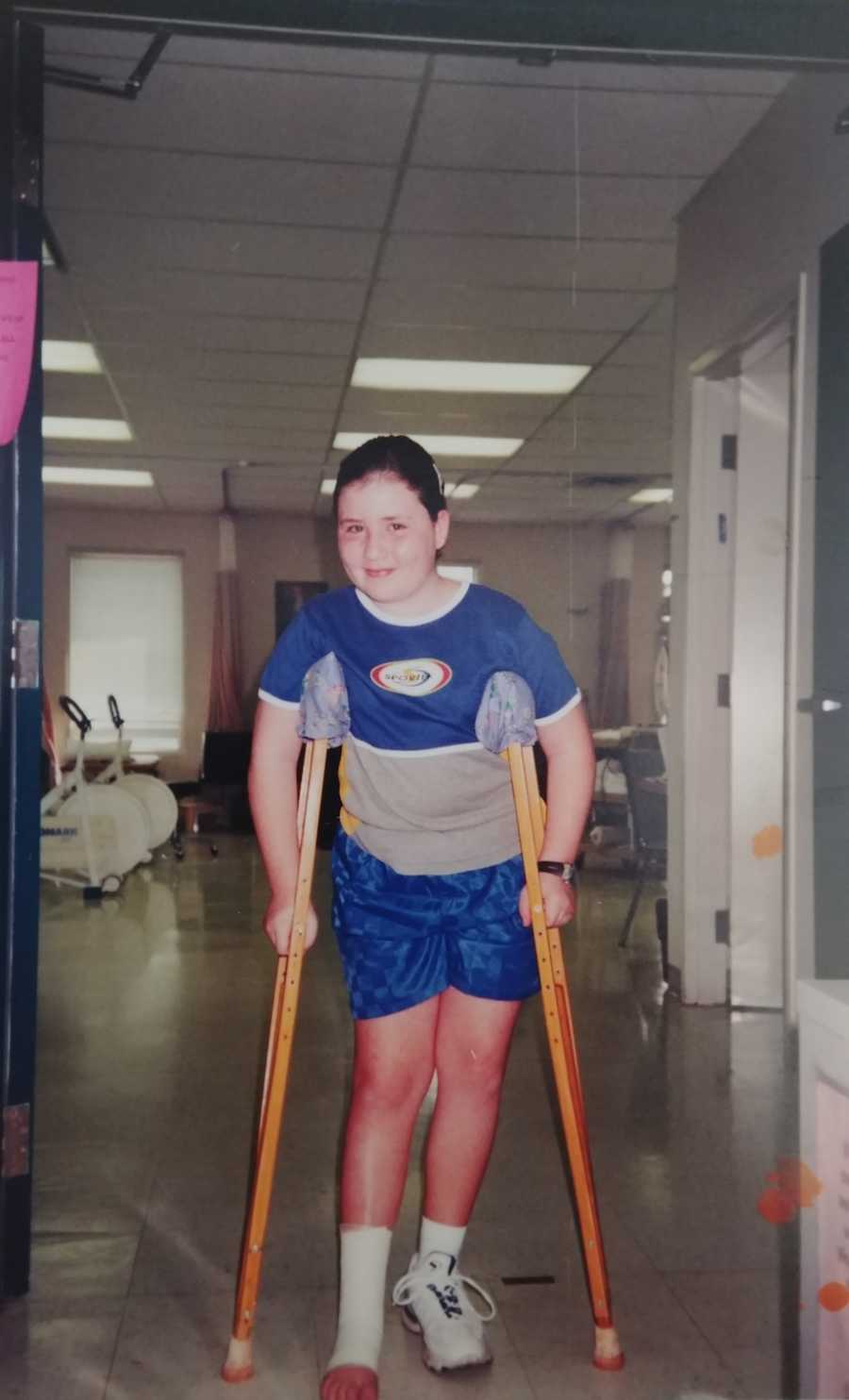
I grew up a dancer, a soccer player, and a swimmer. These lived side-by-side in my childhood quest to find the things I loved, the things I was good at. It devastated me to see time go by where I was unable to do these activities. Though I would go to practice on my crutches and watch my friends take part, I was sidelined. Physically and emotionally. My pain only spread from there. What was once contained in a small part of my body soon flared up one leg and down the other. I would get spasms which were so strong, not even the combined strength of my mother and father could hold a single leg down. My skin would turn purple and red with spots, and everything burned to the touch. It got to the point where I could no longer sleep with my right leg under covers at night.
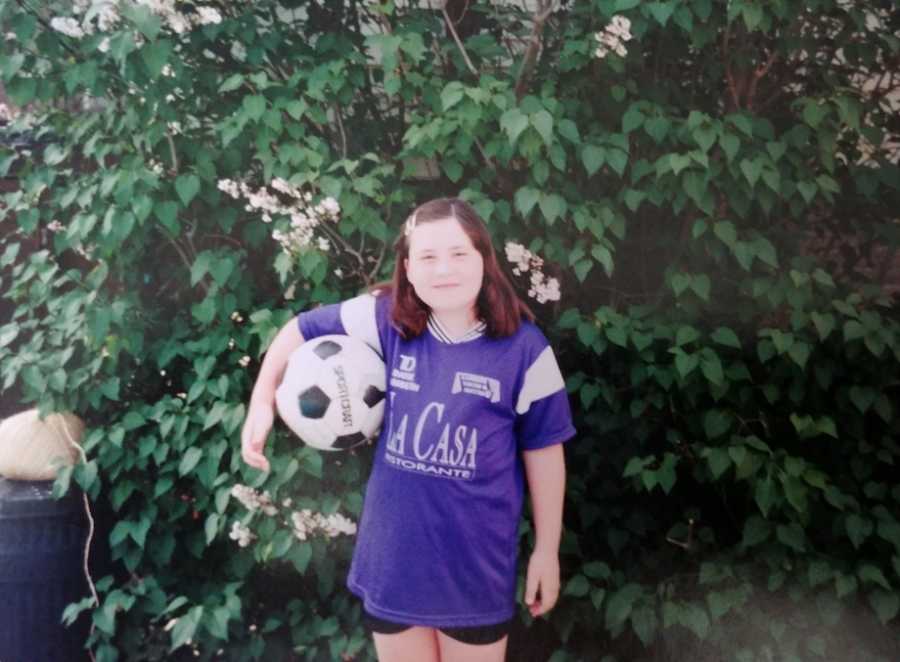
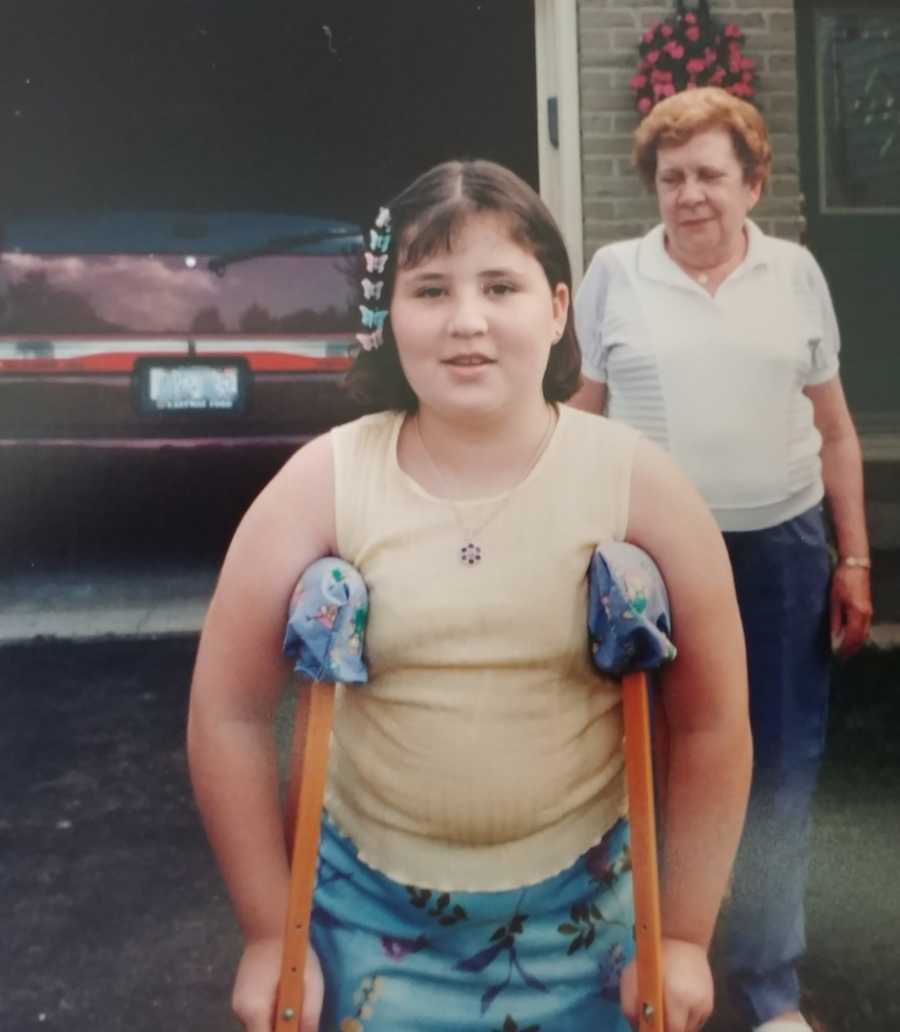
Reflex Sympathetic Dystrophy is now commonly known as Complex Regional Pain Syndrome. It affects the nervous system and pain responses we receive in the body. Nerve pain is felt and amplified, often body-wide. With an inability to weight-bear and the pain affecting my daily life, I eventually had to turn to home-schooling. The rest of my days in public school (another four years) were split between home and school. I did my best to keep up with my fellow classmates, but being away from them for extended periods was sometimes more difficult than the physical pain. I missed them and needed their company.
I tried several treatments with varying success. Some of them were painful, with needles pricking me like a pincushion. I did my best to be brave. I met a kind doctor who made the painful ones slightly more bearable. As he knelt on the floor with my foot gently in his hand, he jokingly asked his nurse to bring him breakfast in the morning if we were still there. I had been scared to start the treatment, and it was the first smile I’d cracked since seeing the needle. He passed away a few years later, at the age of eighty-eight, and I miss him to this day.
I saw a small flicker of light when there were days when I began to walk again without assistance. But as the old saying goes, sometimes you need to go two steps forward and another step back. After a small period where my pain had been getting better, it got worse again after my family and I moved houses. I was fourteen and just about to start high school. After hours of having to sit on the floor while our furniture was moved, my leg pain became far worse and I ended up in a wheelchair. My mental health had also hit a new low, though I struggled to admit it. With the prospect of starting high school now in my rear-view mirror and being in a wheelchair for the first time, I was becoming more depressed. I began schooling at a local hospital, where I could receive both psychiatric therapy and physical therapy. I was also able to socialize with other kids my age who were also in the program for various reasons.
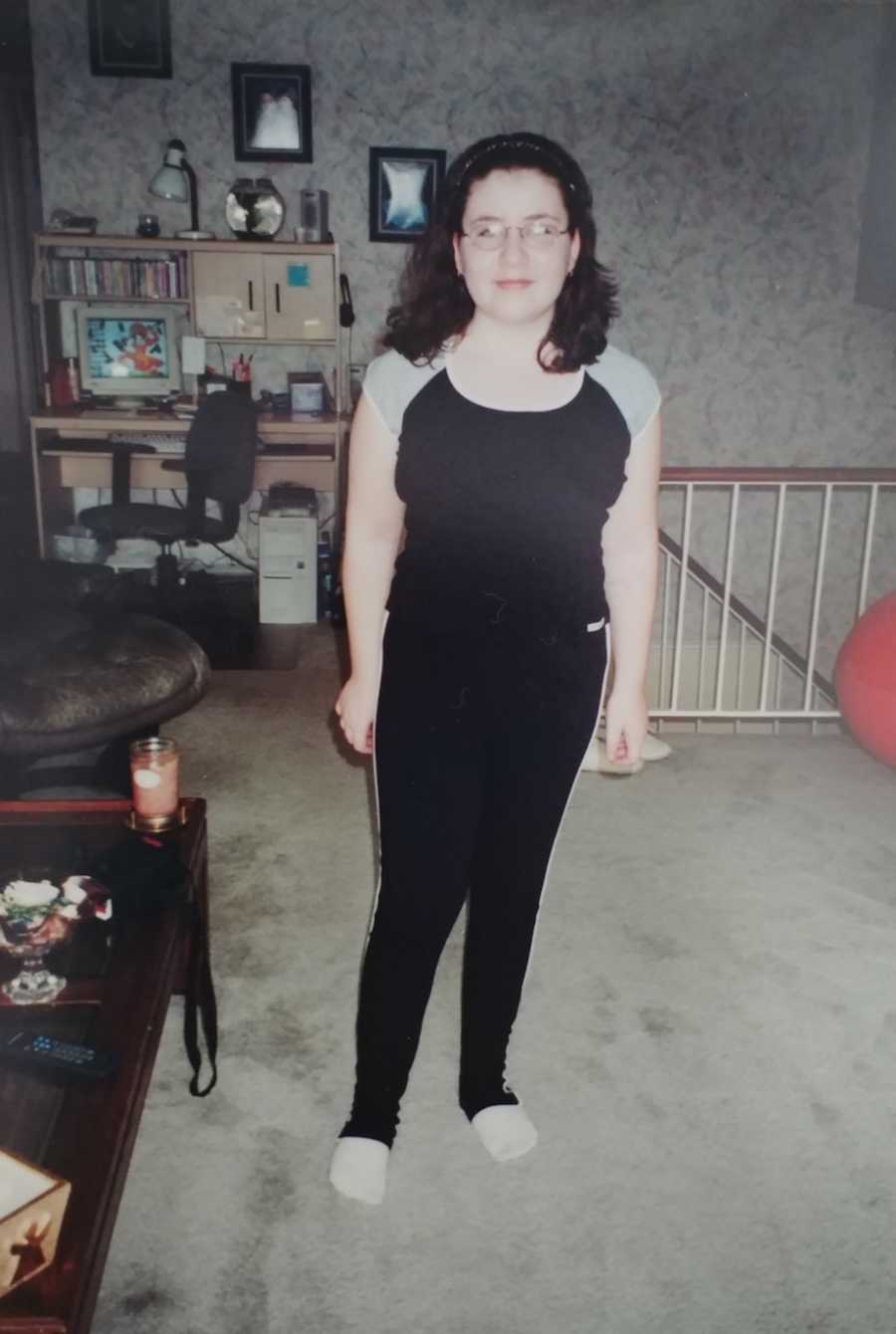
This was not my favorite place to be. I didn’t feel I belonged. No one there had a physical disability; everyone there was being treated for mental illness. I felt angry I was there instead of high school. But the truth is, the kids there were my friends, family, even. I needed that place. I got the help I needed and in a lot of ways, what I learned there stuck with me to this day. Managing my independence and the skills to cope with both my physical and mental health were all things I learned in the many months I was both an in- and out-patient at the hospital.
Once my physical and mental health had been rehabilitated to a more stable state, I was able to go to high school the following fall. I missed a whole year, but that was okay. I’d made up most of the coursework at the hospital. I found myself in a sudden transitional period, and one of the biggest things for me to overcome was suddenly no longer being visibly disabled. I was still disabled, but now this was an invisible state that caused its own set of issues.
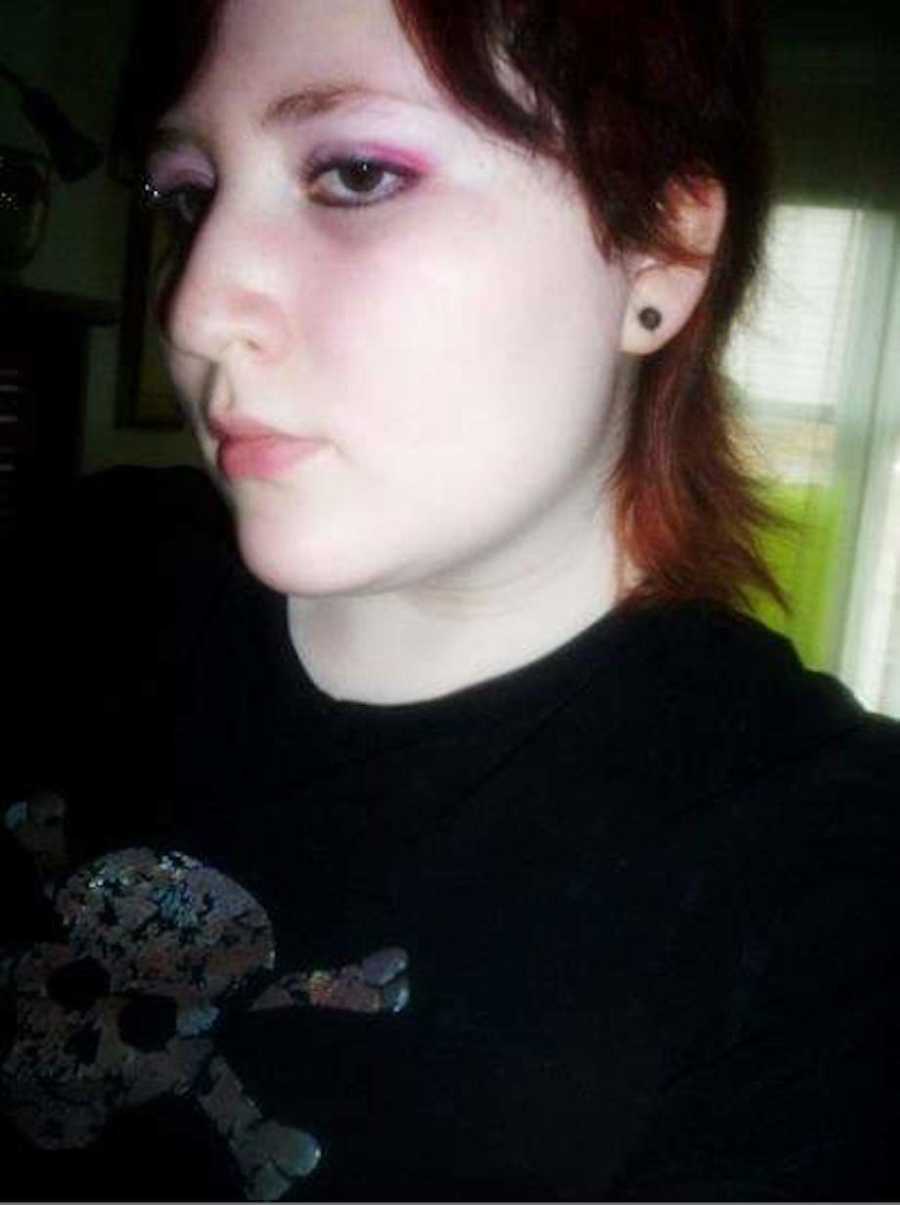
When you are visibly disabled, most people will often look at you and know you need a bit of extra time and space when navigating crowded hallways. They know you may need the use of an elevator. They know you are disabled. But when you are invisibly disabled, these things aren’t so easy to understand. Wandering the halls meant I could be knocked into at any time, resulting in easy injury. Using the school’s only elevator resulted in harassment from students and faculty alike. Asking for accommodations in and outside of class reduced me to a puddle of anxiety as I was probed with questions and faced with students’ and faculty’s disbelief. ‘You don’t look sick.’
Though I found a great amount of empathy from certain teachers and close friends, I struggled under the weight of being misunderstood. My appearance changed as I experimented with looking the way people treated me: different. After all of that time wishing to be a high school student, I only did two years before completing my education at home. It was a decision I didn’t make lightly, but one I had to make for the preservation of my mental health.
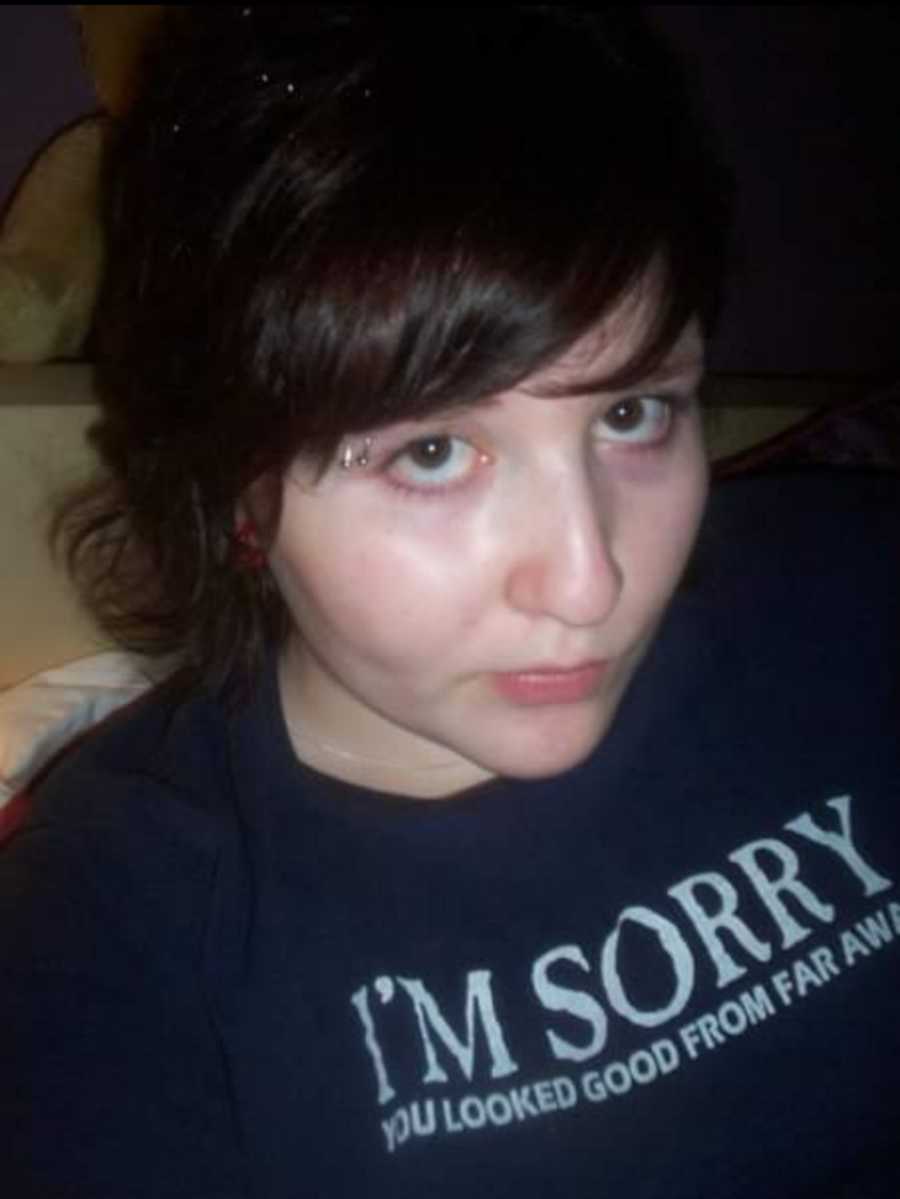
At least this time, I was not alone. I had made a great friend, we’ll call her C. C was a year above me in high school and from the first day I arrived after my care in the hospital, she was my best friend. When I decided to leave school, she remained my friend. Sometimes we saw each other daily. C understood my limitations and never tried to push me beyond them, even if it was hard to see the pain going on inside of my body. I love her dearly.
For some years after leaving high school, my health got a lot better. Mentally and physically, I felt well. The intense burning I felt throughout my body seemed to lessen. I was able to do more, experience more, with no anxiety or depression to hold me back. There were days where I paid for the fun I would have, but those times were few and far between. I took another step back when I suffered my next injury in May of 2011. It couldn’t have happened at a worse time. I had experience with my first job. I had just finished my online college courses and was scheduled for a driving test. I had lowered my medications to a point they hadn’t been in ten years. My social life was thriving. Things were going so well.

This time, I cracked a rib. It was some of the most intense pain I’ve ever felt in my life. I remember not being able to move my right side at all – my arm was stuck in place. If I moved it, the pain would come and blackout my vision. It was just that bad. I felt lost. I was bedridden in pain and feeling like I had to start all over again. The once fiery pain in my legs has been replaced with something else. The focal point in my ribs was brutally sharp, like a knife twisting in the bone. My skin and muscle felt like it was stretched too tight. Something had changed.
My musculoskeletal system was malfunctioning. I was told I had chronic myofascial pain as a result of Fibromyalgia, another body-wide condition that often goes together with CRPS. The fascia is a thin sort of muscle which sits on top of the entire muscle and bone system, so if I got a tear or a knot in the fascia, it would really hurt.
But, I was hopeful. It had been ten years since I’d been a frequent flyer at pain clinics, and I was sure there must have been great advancements in pain care since then. The treatments were new and different. The clinic I was sent to did not have my best interests at heart. Pain education was still lacking overall. The doctors treated me with indifference, trying each subsequent treatment only once before moving on. When they grew bored with trying to help me, I was funneled narcotics by the handful and discharged.
I had been on narcotics before, but not like this. There were too many, too strong. They made me sick, not better. Though it was a fast process of only a few months to get me on them, it would take years to get me off them. I was lucky to get into a different clinic. The doctors there were caring. They tried things more than once. I began consistent treatments, receiving weekly injections near my ribs. My medications were lowered. The withdrawal was very difficult but necessary. They were only adding to the pain, not making it better.
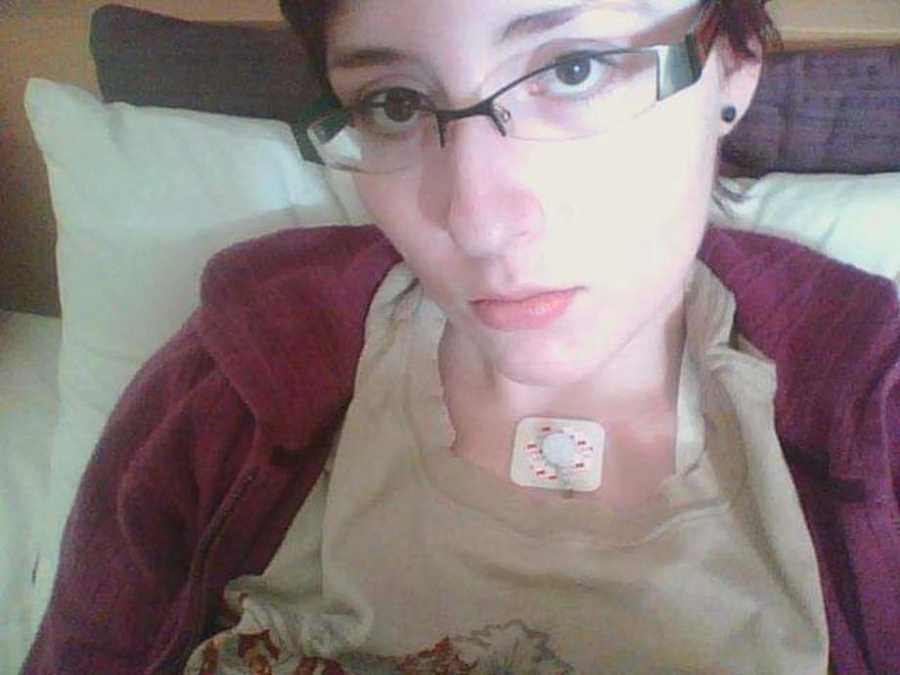
I got to the point where I was stable enough to begin physiotherapy again. Being bedridden for so long, I was scared to begin any kind of movement. I thought I would make the pain worse. I didn’t want to move, but like all things, I went slowly. I trusted the people around me not to steer me wrong. This also proved difficult. I’d been put in the wrong care once before, with severe damage done. Between routine injections, physical therapy, and massage therapy, the pain started to lower. The hands-on therapists were able to tell me more about my joints and muscles, and how they worked and didn’t work. I am hypermobile, so I can’t stretch too much. I get trigger points, or knots, in my muscles and fascia. Combined, my muscles bunch and pull my joints out of position, an easy thing to do since my joints are already loose. This also explains my easy ability to injure myself over the years.
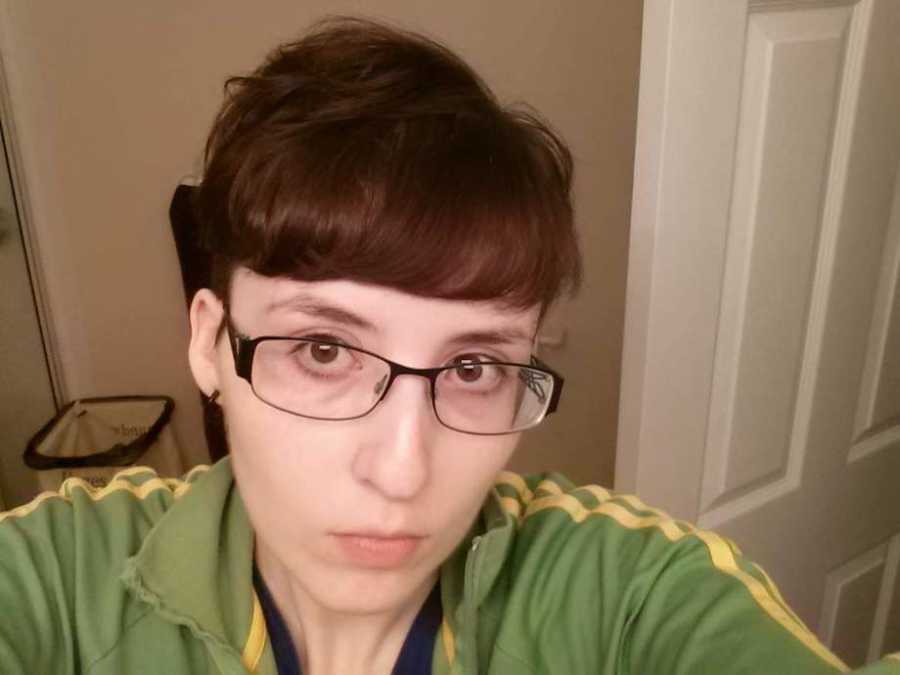
With all of this new information, I have a much better understanding of my body and what I’m supposed to do with it. I have a great exercise routine I do daily and I see lots of progress. I’m in pain every day, but I’m also much better than where I used to be. My mind is clearer off of the medication, though I may be switched to a different kind down the road, something safer and proven more effective for the type of pain I have. There are days where I require mobility aids, but many more days where I do not.
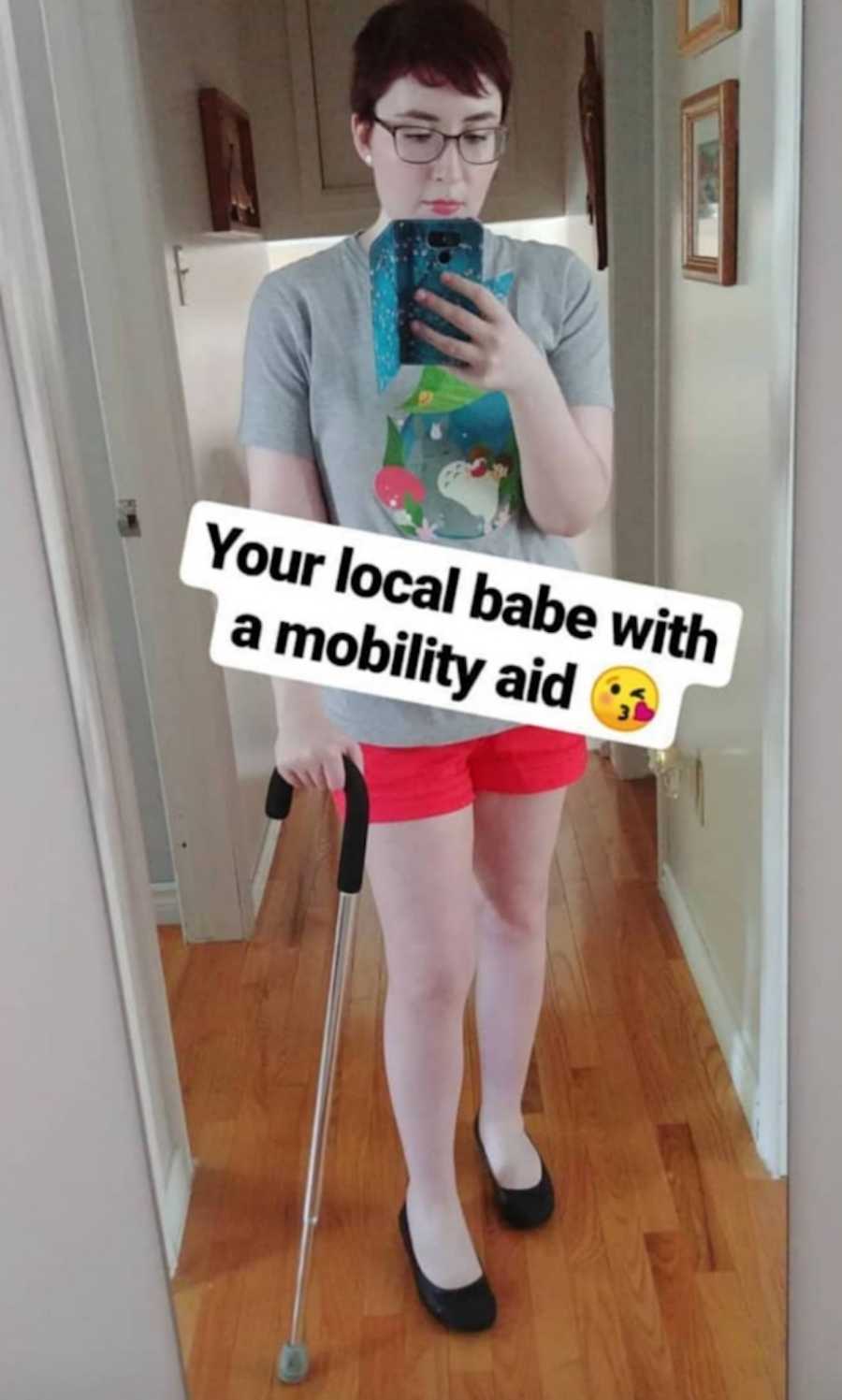
I can’t see the road ahead of me. I take things day-by-day because that’s what I have to do. This journey has taken me twenty years so far. It’s had a lot of ups and downs, and I expect more of those ahead. I’m still learning new things all of these years later, and so are the doctors I meet along the way.
My hope is pain care will keep evolving so the children of the world can receive fast and effective treatment. My hope is the children will keep playing. I never really had a childhood, but I hope I can have a good adulthood. That is my hope.”

This story was submitted to Love What Matters by Liana from Ontario, Canada. You can follow their journey on Instagram. Do you have a similar experience? We’d like to hear your important journey. Submit your own story here. Be sure to subscribe to our free email newsletter for our best stories, and YouTube for our best videos.
Read more touching stories like this:
Provide hope for someone struggling. SHARE this story on Facebook and Instagram to let them know a community of support is available.

